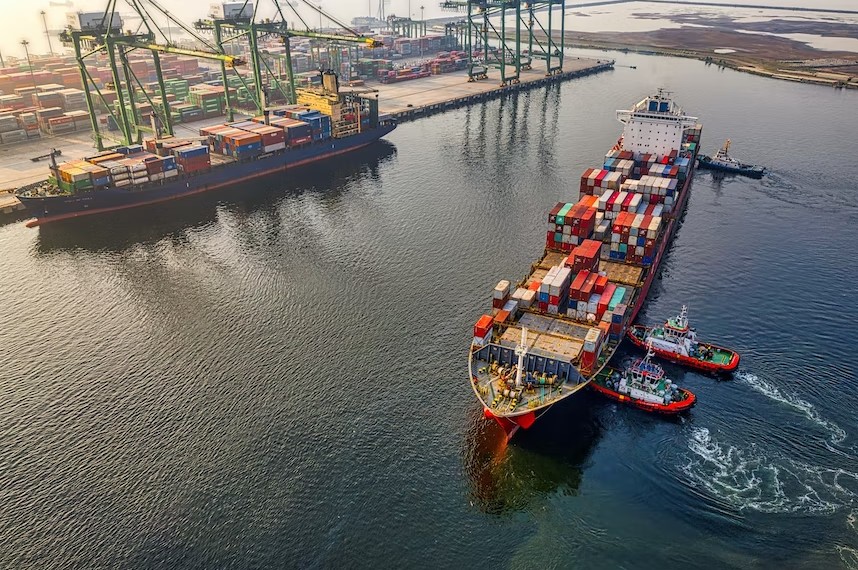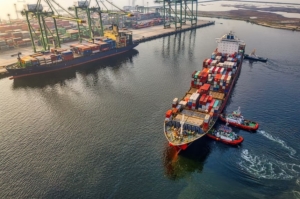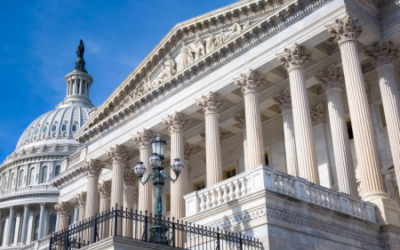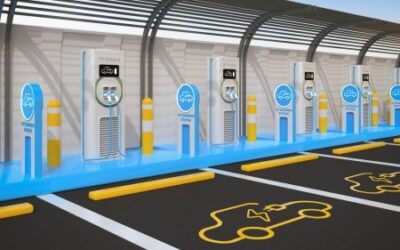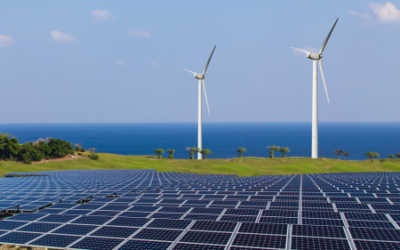There are more than 300 seaports in America supporting trade and economic development. They contribute approximately 26 percent of the country’s total GDP and create millions of jobs. That’s why a historic amount of new funding is flowing to projects designed to upgrade, expand, and enhance ports. A recent infrastructure study reported that approximately $163 billion will be spent on port projects between 2021 and 2025.
The Infrastructure Investment and Jobs Act (IIJA) allocated $17 billion in funding to strengthen port supply chains and bolster climate resilience. Even so, officials say there’s still a $12 billion funding gap for work related to waterside infrastructure and billions more that is needed for landside infrastructure. In many states, that additional funding will come from other sources.
A recent $2.3 billion allocation from the IIJA authorized a combined $684 million for port resilience projects this year and similar funding allocations over the next four years. Federal programs like this one place supreme value on resilience projects – designed to ensure that ports can sustain future shocks and stresses. Another $250 million allocation from the federal Reducing Truck Emissions at Ports Program is also earmarked to specifically support port resilience and address the problems of bogged-down supply chains.
The U.S. Army Corps of Engineers will also have funding in its upcoming budget to address critical port needs. Approximately $1.3 billion is anticipated for construction projects and $86 million for projects that target climate resilience.
One upcoming port project that is expected to launch soon is a $509.6 million navigation improvement project in Broward County, Florida. Port Everglades, where the project will launch, is one of the busiest and most diversified seaports in Florida. It ranks second in total tonnage and is listed among the state’s top 5 ports in every major business line. Data credits the port for generating economic value in excess of $30.4 billion per year and supporting 230,747 Florida jobs. The upcoming multi-million-dollar project will include dredging and relocating endangered marine species from areas that will be impacted by all the work.
A $425 million resilience project at the Port of San Francisco is in a testing phase with a pilot project. The project will be designed to provide resiliency and protect the port from the risks of climate change, fire, and other potential threats. It will also be designed to support the port’s commitment to preserve and enhance nature in the area. Planning is underway and a project launch is anticipated in the not-too-distant future.
Two other projects at the Port of San Francisco, both with undetermined cost projections, are currently in pre-design. One project will be designed to build resilience to the threats of earthquake lateral spreading and emerging flood risk from sea level rises. The other project will be designed to protect the port’s surrounding area from earthquakes and flooding.
A large port project in Alaska is part of the $2 billion Port of Alaska Modernization Program. This $130 project in Anchorage Alaska is considered critical because of a safety element. The project will be designed to stabilize a part of the port that has been declared unsafe. Other projects are planned to follow the stabilization undertaking, the upcoming construction of new cargo docks.
Ohio’s Cleveland Harbor is the location of an upcoming $300 million port improvement effort. The project, currently in design, will outline efforts to use clean dredged sediment to build a new island in Lake Erie north of the city’s shoreline. Planning documents point to the objective of creating 70 to 80 acres of new land along the shoreline which will significantly benefit communities on Cleveland’s East Side. These areas have been walled off from the shoreline for decades. Additionally, the project will be designed to protect the Interstate 90 Shoreway from flooding and storm damage.
A $54.4 million project in Florida will raise six transmission lines over the St. Johns River to provide safe clearance for larger ships coming into the Blount Island Marine Terminal. The current power lines were installed in 1982 and provide clearance of 175 feet which is no longer acceptable. Large ships today require a minimum of 197 feet of clearance to safely navigate under power lines. This project is slated for launch as soon as possible because without it, the port, and the state, are both at a disadvantage in attracting new vessel services and competing with Charleston and Savannah.
Every port in America likely has projects in design or in planning stages currently because funding has never been as accessible as it is today. Designated funding for resiliency, expansion, and safety at ports will continue for the next several years and that guarantees a heightened need for collaborative efforts between public and private sector partners. Construction, engineering, technology, and professional services are already in high demand with port officials throughout the country.

